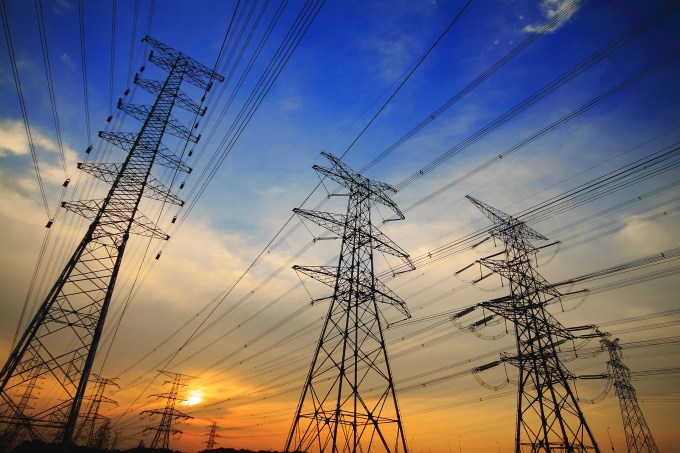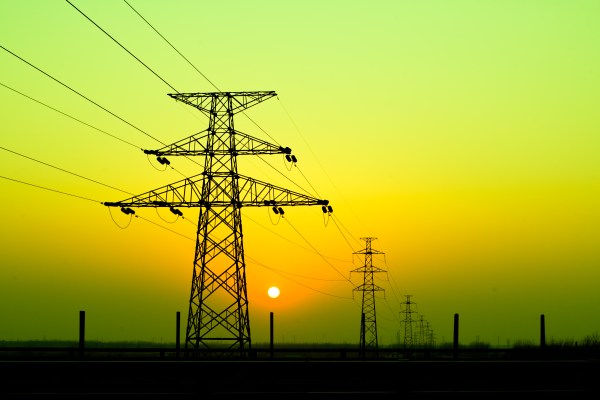While both political parties seem to agree that Congress should spend several hundred billion dollars on infrastructure, their spending plans ignore one of the most woefully out-of-date pieces of American infrastructure.
Taxpayers should fund not just asphalt and concrete but also stimulate a huge increase in private investment for power. And not just power, but renewable power.
No less an esteemed official than former Treasury Secretary and Goldman Sachs’ chief executive, Henry Paulson Jr. cited the need to “create conditions that encourage private investment in clean technologies.”
The opportunities for investment exist. Falling prices for renewable generation, battery storage breakthroughs, electric and hybrid vehicle advances, distributed solar and in-building efficiency measures all invite hundreds of billions of dollars of investment.
The problem in power is that almost all capital expenditure has been funded by consumer spending of about $400 billion a year on electricity. With this money, private sector firms have maintained capital expenditures at about $100 billion a year.
Expecting consumers to pay a lot more for electricity in order to fund greater capital expenditures is not the way to bet. State regulatory commissions won’t stand for that. And, fortunately, this is not necessary.

The 115th Congress should pass two measures to bring hundreds of billions of dollars of private investment into the power sector, funding new transmission, generation, upgraded distribution monopolies, and behind-the-meter solar and efficiency measures.
First, Congress should fund a national green bank that would capitalize state and local green banks. These entities would stimulate new private sector investing by adding a measure of public capital.
How do we know? Because since its creation in 2011 the Connecticut Green Bank has proven that a compound of one-tenth public money and nine-tenths private capital can lead to an increase of $1 billion in total investment in clean power solutions — all of which make consumers better off.
Because Connecticut is about one percent of the United States population, we can extrapolate that the Connecticut techniques alone would cause an additional $100 billion in capital expenditure in power. Rhode Island’s Green Bank, New York’s Green Bank, and similar institutions in a dozen other states also testify to the catalytic effect of a pinch of public capital.
Seeking to spread these successes to other states, Connecticut Senators Richard Blumenthal and Chris Murphy have introduced a Green Bank Act. Maryland Congressman Chris Van Hollen and members of the Connecticut delegation introduced a version in the House. A bill like theirs should be top of the agenda for the next Congress.
It’s high time to abandon the near-religious conviction of some that public capital can never be combined with private capital (as if we were talking about matter and anti-matter). A recent report from the New Climate Economy clearly states:
“Public green investment banking can facilitate private investment in low-carbon, climate-resilient infrastructure, leveraging relatively limited public resources to maximize impact.”
Second, Congress should prohibit states from limiting competition in generation, transmission or behind-the-meter installations. In many other industries (aviation, transportation, communications are examples) Congress has mandated reduced state regulation and expanded competition. That same paradigm needs to be applied to states. New York’s system of using the distribution grid as a platform for competing businesses is a model for the nation.

When I was the chairman of the FCC from 1993 to 1997, I happily followed the bipartisan mandate of Congress in the 1996 Telecommunications Act to open the door to a surge of capital spending on internet access and digital cellular.
About a trillion dollars came from investors into the telecom infrastructure. The new money transformed the economy and society by building a new platform for information creation and exchange. Everything we now use for communications depends on this new platform; nothing we have now would work on the old platform. Economically, the result was federal budget surpluses and a rising standard of living for every income quintile in the United States.
Breakthroughs in power technology now make a repeat performance possible for that sector too.
There is no doubt that the growing chorus of thought leaders is right to say that increased infrastructure spending will stimulate increased economic growth. But cars alone should not be the only beneficiaries. Power should be abundant and affordable. It is the lifeblood of an information economy. Its markets – the businesses involved in the creation, distribution, and consumption of electromagnetic waves – should enjoy accelerated growth driven by a massive surge in private sector-led spending on the power infrastructure.
